Anderson H. Brown Building(s)
Introduction
Text-to-speech Audio
Images
Brown Building, Washington & Shrewsbury Streets, Charleston WV; the original building located in The Block, a predominately African-American local historic neighborhood. Anderson H. Brown built the building in partnership with the Ferguson Hotel.
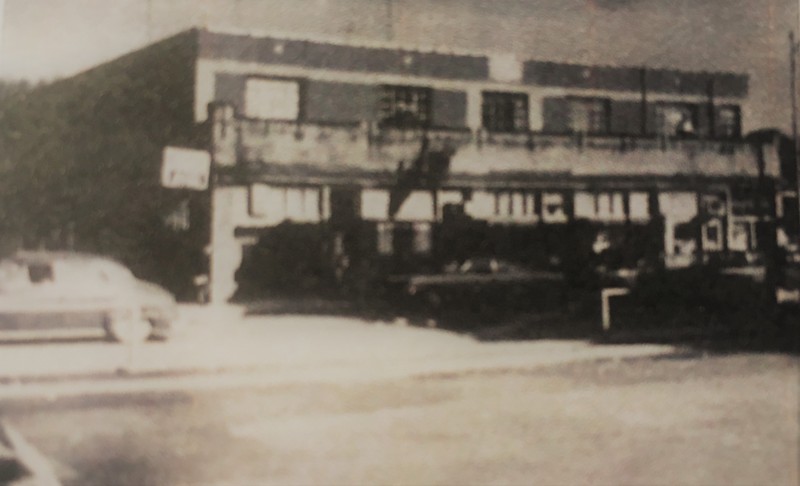
A historical brick placed by the West Virginia Center for African American Art & Culture; marking the corner of Washington Street, East & Shrewsbury Street on "The Block"; original site of Anderson H. Brown Building, 1920-1960.
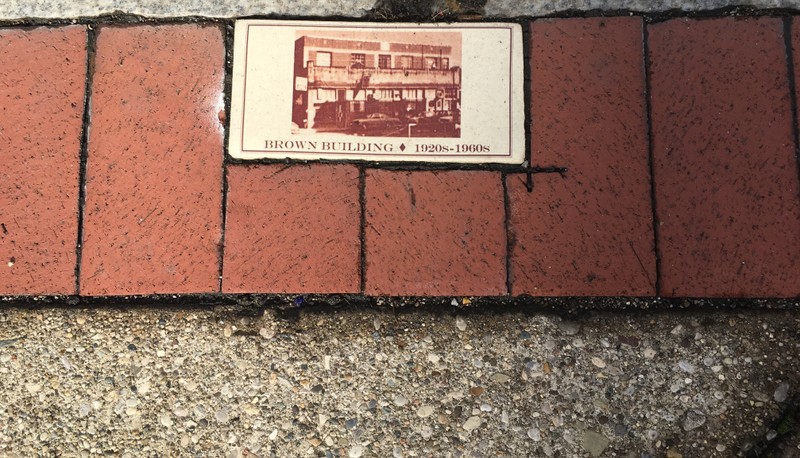
A historical brick placed by the West Virginia Center for African American Art & Culture, Charleston WV.
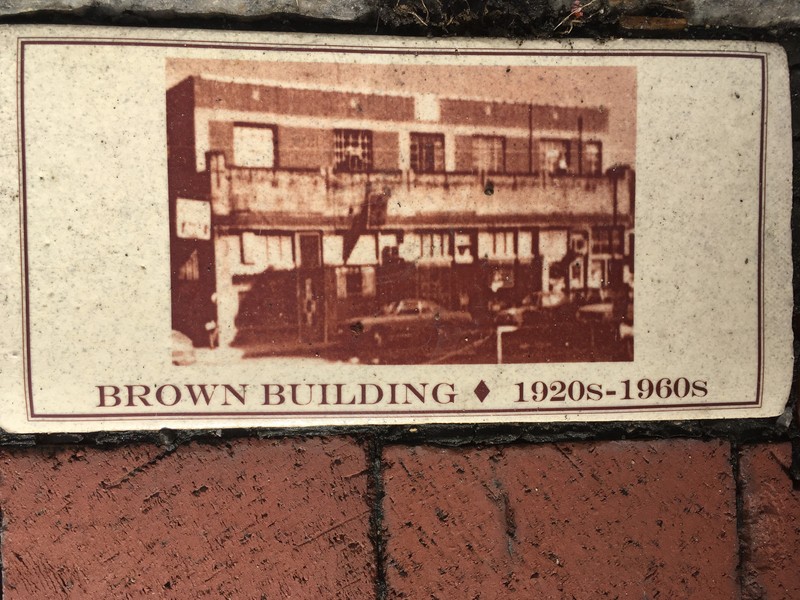
Second "Brown building" on Shrewsbury Street, Charleston WV; built by Anderson H. Brown in 1971 after the sale of the original Brown building. The building was constructed by all African American contractors and sub-contractors.
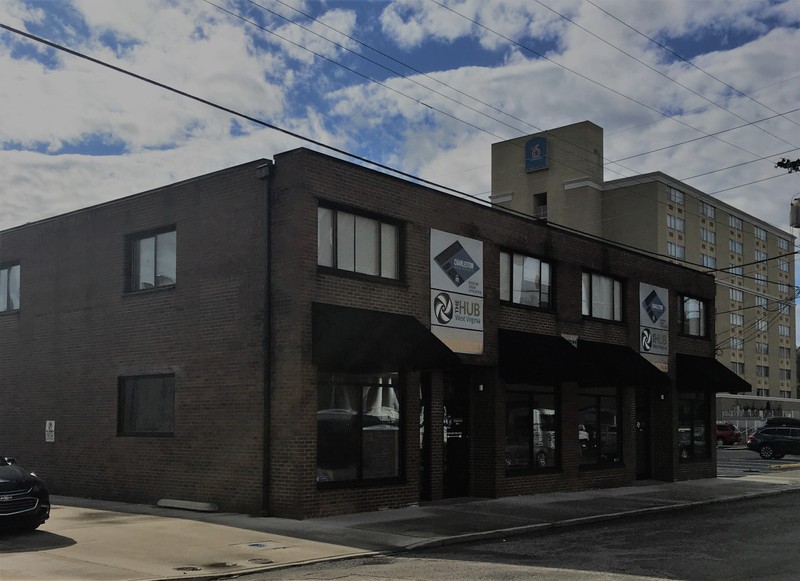
The 1971 "Brown Building" housed the offices of Anderson Brown until his death in 1974, and his son, Willard L. Brown, lawyer and his daughter, Della Brown Taylor, an artist, and realtor. Other offices included a doctor's office and a barber's shop.
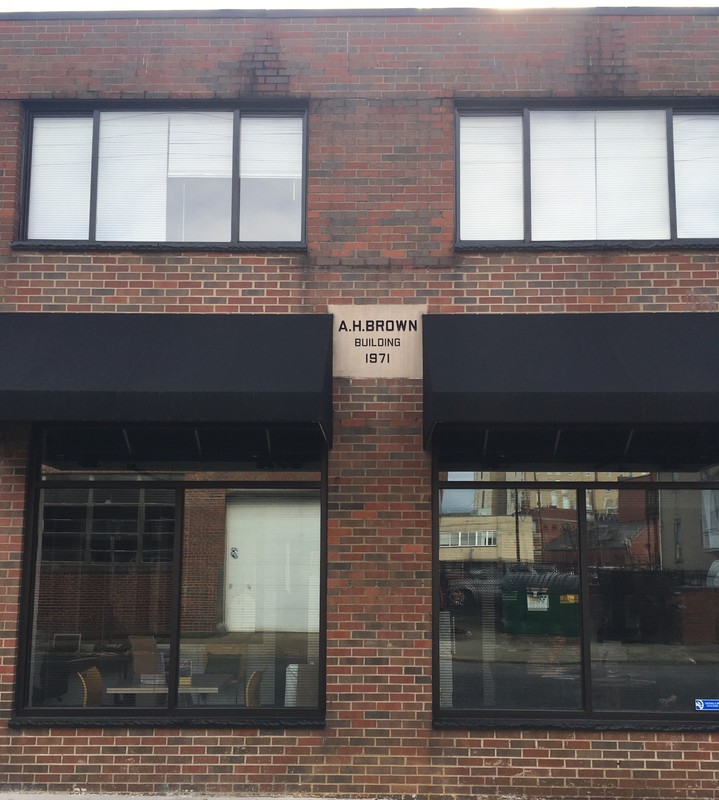
Anderson Hunt Brown, 1880-1974; butcher, musician, real estate businessman, and civil rights leader.
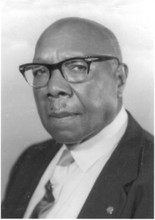
Backstory and Context
Text-to-speech Audio
Anderson Hunt Brown, a son of former slaves, was an African American businessman who began working as a butcher and musician and investing in real estate. In partnership with Gurnett E. Ferguson, who built the Ferguson Hotel (an African American hotel) on Washington Street, Anderson Brown constructed a building during the middle to late twenties. The original Brown Building adjoined the Ferguson Hotel on Washington Street and turning down the corner on Shrewsbury Street, making the hotel and building two of the major social and economic centers in “The Block”. “The Block”, located in the capital city of The State of West Virginia and a 2011 state & city recognized local historic district, is a 25-acre tract of land bounded by Washington, Shrewsbury, Lewis and Leon Sullivan streets. It was a residential, social, economic, educational and religious center of the African-American population of the city during Jim Crow laws and segregation, as well as the home for other ethnic groups. Mr. Anderson Brown described in 1973 in an audio interview with his daughter, Della Brown Taylor (Hardman) – “Ferguson was going to build a hotel. . .I’ll build some business rooms. . .there was a drug store, barber shop, laundry, office room, hot dog stand, shoe repair shop, taxi stand and a printing shop.”1
The original Brown Building (1920’s to 1960’s) became one of the social and economic centers of a culturally diverse area and the hub of activity for African American culture in “The Block”. James D. Randall and Anna Evans Gilmer in their book, Black Past describe the activity – “Located here was the famous M&S Pharmacy. . .No better hot dogs could be found anywhere than at the M&S. The events of the day were relived here nightly. Likewise, the older men would gather in Mr. Brown’s Real Estate Office to do the same. Mr. Brown could be found from early morning through late evening in his office, which was shared with his son, Attorney Willard Brown. A restaurant adjoined the M&S, and then a beauty shop. . .Charlie Ruly operated a small printing shop in another storeroom. When Mr. Ruly moved, that space was utilized as an art gallery, Le Petite Galerie, by Mr. Brown’s daughter, Della Brown Taylor, after she and her family returned to Charleston in 1956. It featured original works of Black artists from across the nation. Along the Shrewsbury Street side, there were a number of different businesses through the years.”2
In the 1960’s a fire partially destroyed the Ferguson Hotel on Washington Street adjoining the original Brown Building. As a result, Mr. Ferguson sold to another hotel business. Anderson Brown describing that time to his daughter said, “they came to me, and I insisted they would have to pay my price”. After several offers, Mr. Brown sold the original Brown Building. A second Brown Building located on Shrewsbury Street was built and completed in 1971. Work on the building was done entirely by African American businesses, contractors, and sub-contractors. For a few years before his death in 1974, Mr. Anderson Brown maintained an office in the new building, along with his Attorney son, Willard Brown and his daughter, Della Brown Taylor. Other offices have included a barber shop, doctor’s office, real estate office, and some government offices. A trust was established and the building was turned over to the Charleston National Bank.3
Anderson Hunt Brown was born in 1880 to former slaves, Henry Arnold Brown & Margaret Stewart Brown. They were freed in 1865 and located in an area known as Dutch Holler, now part of Dunbar WV, where Anderson Hunt Brown was born. The family moved to Charleston where his father worked as a janitor and later on a farm in Dunbar, near the present location of West Virginia State University at Institute, WV. His mother wanted her children to have an education and in order to arrange for tutoring, she took in laundry.4 Because of the death of a brother, who had relocated to Colorado, Anderson Brown acquired from his estate some resources to begin going into some form of business for himself. He was a musician and traveled part-time with some bands. He got into the meat market business as a butcher. He was later able to buy the meat market and began renting a house he owned. Mr. Brown became over the years a successful businessman and real estate owner. Married twice, he was the father of two children – Willard Brown, who became an attorney and Della Brown Taylor Hardman, who was an artist and became a professor at West Virginia State University.
Mr. Anderson H. Brown was a civil rights leader in the community who was first involved in a 1928 lawsuit against the Board of Education and the Kanawha Public Library for denying African Americans access to the public library and later with the NAACP locally and nationally. Mr. Brown with the Charleston WV branch of the NAACP initiated a lawsuit against the school district and the library when three African American citizens were refused entry to the public library. They were refused the books, papers and magazines and the right to sit in the library. The original case was brought before the Circuit Court judge in Kanawha County and the judge ruled that the Board was not in violation of the law. The African American lawyers, along with Anderson H. Brown, took the case to the West Virginia State Supreme Court of Appeals. “The Supreme Court ruled in Anderson Brown’s favor by saying that – ‘the Board of Education could not exclude colored people from using the Kanawha County Library’.”5
Sources
2Gilmer, Anna & Randall, James. Black Past. West Virginia Beacon Digest, Charleston WV 1989 (out of print). WV Center for African American Art & Culture. (anticipated re-print, 2018) permission for usage by Director, WV Center for African American Art & Culture, Inc., Charleston WV.
1,3 ,4Taylor, Della Brown. Anderson H. Brown Interview. Charleston, WV. West Virginia Division of Culture and History, 1973. Anderson Brown collection; West Virginia Archives; transcript of a daughter, Della Brown Taylor, with her father. www.wvculture.org/history/collections/manuscripts/ms88-185.html
